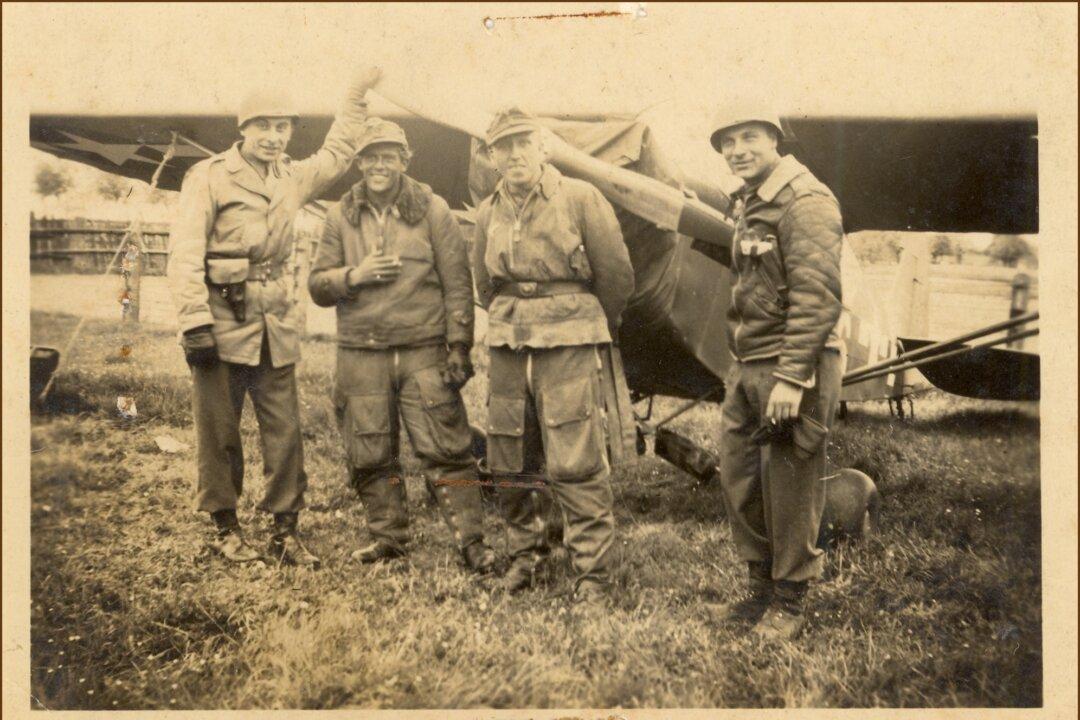NEW YORK—Elizabeth Williamson, the writer at The New York Times who penned the first draft of the editorial at the heart of Gov. Sarah Palin’s defamation trial against the newspaper, finished her testimony in federal court on Feb. 4.
Combined with her testimony from the previous day, Williamson spent a total of five hours on the witness stand.





